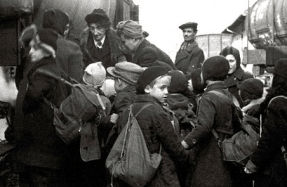OPERATION CHROMITE: INCHON


Even the main proponent only gave this desperate military gamble a one in 5,000 chance for success, but it turned the tide of a war that still shapes today’s world. The legacy of the Korean War (1950-3) still stands as a stark feature on the global landscape, with the fluctuating relations between the Communist north (the Democratic People’s Republic of Korea – DPRK) and the democratic south (the Republic of Korea – RoK) having far-reaching repercussions across the world. The partition of Korea dates back to 1945 when the country was liberated from over 40 years of Japanese rule and was divided along the 38th Parallel. The Soviets had occupied the north, establishing a Communist government, while the USA had occupied the south and established a highly corrupt but at least nominally democratic rule. The state of affairs was recognised by the United Nations in August 1948, and at the end of the year the Soviets had withdrawn their occupation forces, leaving behind an established military and considerable amounts of hardware. The US forces withdrew in June 1949, leaving a small and poorly equipped RoK army.
For the North Koreans, it made sense to strike as soon as possible to ‘re-unite’ the country under their rule. The north was much larger – 48,000 square miles against the south’s 37,000 – but had a far smaller population – just 9 million against the south’s
You’re reading a preview, subscribe to read more.
Start your free 30 days



